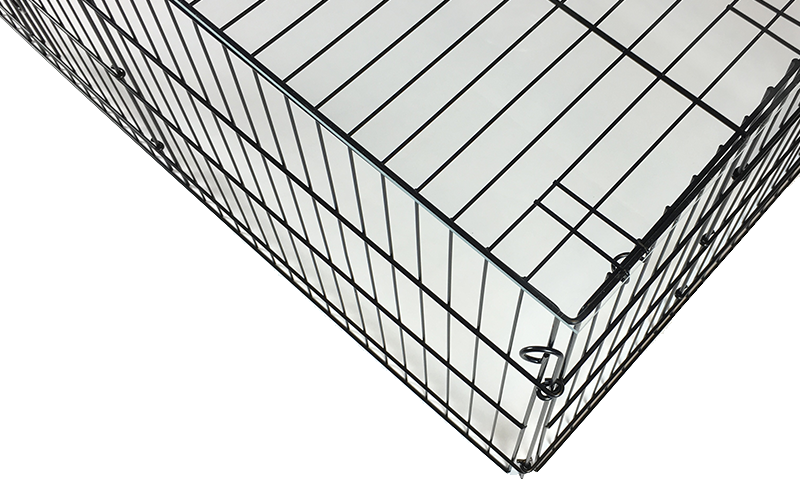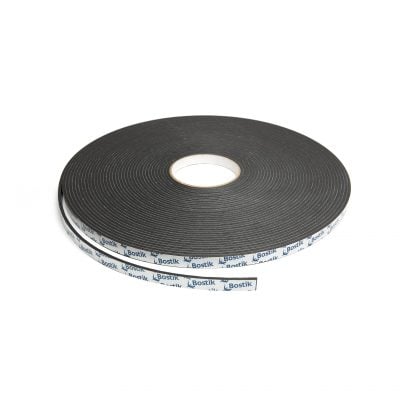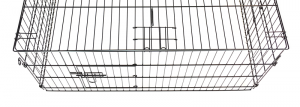An outdoor rabbit hutch is essential for small rodents to graze freely. However, a rabbit run offers very little shelter, which is unfortunate since rodents such as rabbits and guinea pigs are very susceptible to the influences of poor weather. Fortunately, it is not difficult to provide a rabbit hutch with a canopy. In this job blog, we explain how you can make your own rabbit run with an acrylic sheet roof. It is a job that will take under 10 minutes that you will enjoy for a long time to come. And the rabbits too, of course.
Requirements:
Acrylic canopy: UV- and weather-resistant
The canopy could not be simpler to make: a sheet with four holes on the corners that you attach to the metal cage with four tie wraps. Acrylic sheet is an ideal material for a canopy like this: it is impact-resistant (30 times stronger than glass), UV-resistant and weather-resistant. All you have to do is order an acrylic sheet in the right size. At Plasticsheetsshop.co.uk, we cut the sheet for you for free and it is quickly delivered to your home. Then drill four holes on the corners and mount the sheet on the run. Easy as that!
Because you have to drill a few holes yourself, it is important that you opt for cast acrylic. The cheaper extruded acrylic will break quickly if you drill or saw it. In the blog article ‘Acrylic sheet prices‘ we clearly explain the differences between the two types of acrylic.
Drilling acrylic sheet: pay attention
When drilling acrylic, it is important that the sheet is well supported. Place the sheet on a flat surface that supports it well and in which the drill can run, for example, a wooden board.
If you want to drill holes along the edge of the sheet, the distance between the edge of the sheet and the edge of the hole must be at least twice the sheet thickness. If the plate is 4 millimetres thick, the distance between the edge and the edge of the hole is 8 millimetres. A sheet thickness of 4 millimetres is very suitable for a canopy of a rabbit hutch.
Don’t mark the drill holes directly on the acrylic or on the protective film. Always stick masking tape onto the sheet and mark the drill holes. Also stick masking tape to the underlying side, especially with thinner plates (thinner than 5 millimetres). You can drill acrylic with a normal steel drill or an HSS drill. It is important that the drill bit is not brand new, as the sharp cutting angle can cause the drill to ‘bite’ into the sheet, causing it to tear. If you drill a few holes in wood or aluminium, it will take off the sharp edge and you can use the bit for drilling acrylic. A 4-millimetre drill bit is enough for this job.
Place the drill perpendicular to the acrylic sheet and let it turn at medium speed immediately. The chip must break off immediately: if this is not the case, the drill is running too slowly. Press only lightly on the drill, the drill must sink itself through the material. Support the drill carefully when it is almost through the sheet, and let it run into the underlying support. Allow the drill to run while you lift it out of the hole.
Fix the canopy on the rabbit run
Installing the acrylic canopy is a piece of cake: you attach the sheet to the run with cable ties. Make sure that the sheet does not bend because you have tightened the tie wraps too tightly. You can also apply a few strips of foam tape to the underside of the acrylic sheet. This prevents it from being damaged by movement or by vibrations caused by the wind.






